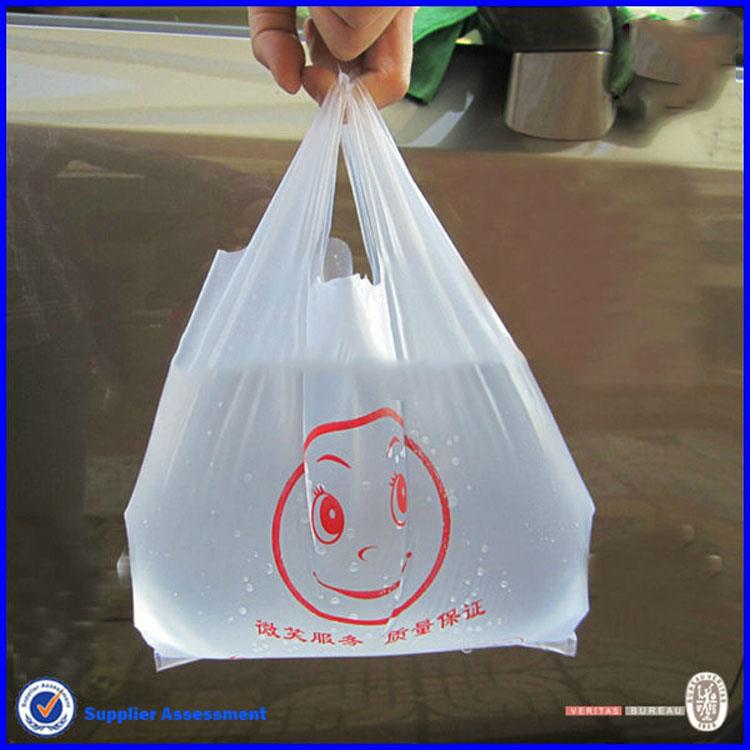
From the printing process, the vacuum printing bag UV printing ink has a fast fixing speed, good conjunctival performance, good adhesion to all kinds of printing materials, and scratch resistance, abrasion resistance, acid resistance, alkalinity and other properties are better than ordinary printing. The process is good, therefore, vacuum packaging bag offset UV printing technology is widely used.
Vacuum packaging bag offset UV printing technology can be divided into sheet-fed offset printing and web-wound offset printing according to the state of the substrate. Sheet-fed offset printing is suitable for printing on plastic materials and aluminum foil materials; rotary offset printing is faster, suitable for large-volume printing. It is mostly used for fine product printing. UV curing can reduce the loss of fine dots and improve the ink transfer rate of overprinting. When selecting inks, consider the effects of each component on the UV ink to ensure the best possible printing results.
Since the offset ink film is generally 2 to 3 mm, although it is advantageous for photocuring, the ink film is thin, and the hiding power of the pigment on the printing surface is affected to some extent, so generally the pigment content in the formulation is increased; and the pigment content is increased. The light transmission performance of the ink film is reduced, which is not conducive to UV curing; and the ink film itself is thin. If the wettability of the pigment is not good, the pigment and filler are easily exposed to the surface of the ink film, which affects the gloss of the ink film, so the dispersion is selected. Better pigments.
Vacuum packaging bag UV printing technology notes:
(1) Different inks should be selected for different substrates, and the light transmittance, curing rate, ink hiding property and gloss of the printed surface should be considered comprehensively.
(2) In color printing, various pigments have different abilities to absorb UV photons, and their transmittances are M, Y, C, and BK from high to low, so the degree of curing of each color ink is also different. The transmittance directly affects the excitation energy of the photon to the photoinitiator. Therefore, it is preferable to arrange the printing color sequence as BK, C, Y, and M, so that the ink having poor light transmittance absorbs photons as much as possible and enhances the curing effect.